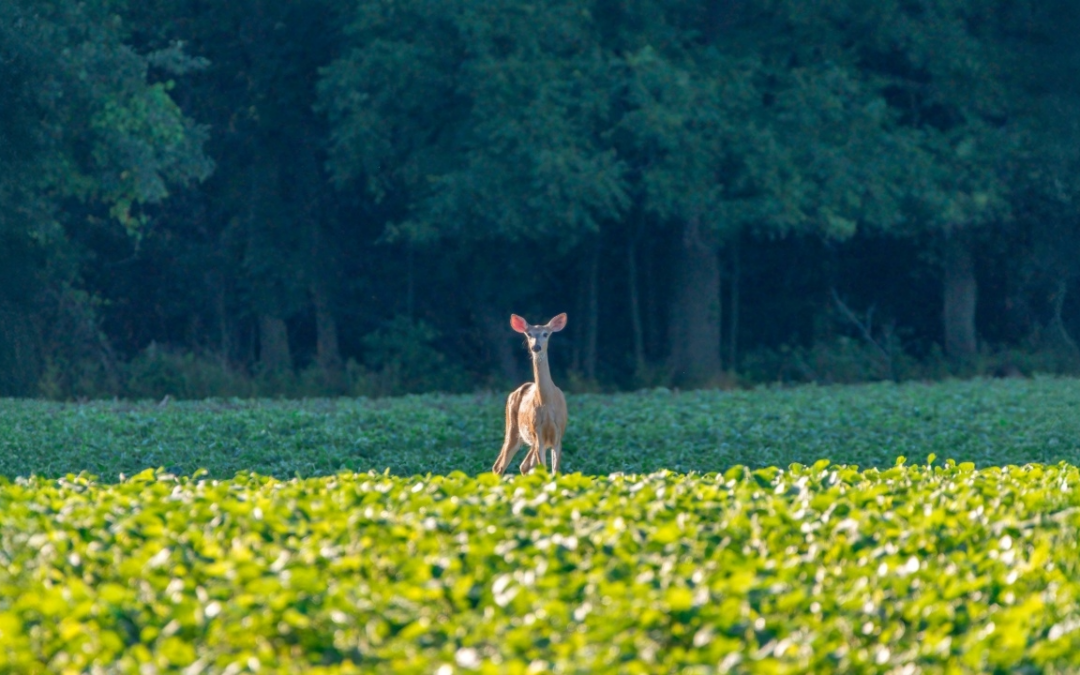AUBURN, Ala.—After more than a decade of research into an increasingly common and costly broiler condition known as green muscle disease, a team of poultry scientists at Auburn University has identified a blood enzyme that could give breeders a noninvasive tool to screen birds for susceptibility to the disease.
The enzyme is creatine kinase, or CK, elevated levels of which signal muscle breakdown and damage. In humans, high CK levels in the blood can be indicators of heart attack, muscular dystrophy, acute renal failure and other serious muscle conditions. In broilers, they indicate the development of green muscle disease.
Green muscle disease—technically called deep pectoral myopathy—is a degenerative condition of broilers chickens’ minor pectoral muscles, or tenders, that causes the muscle tissue to bruise. The discolored tissue is not discovered until processing, and then it must be trimmed and discarded, costing the U.S. poultry industry an estimated $50 million a year in losses.
Auburn poultry science professor Joe Hess—who, with departmental colleagues Sarge Bilgili and Roger Lien, has conducted extensive research on the disease—says the condition is caused by sudden, excessive wing flapping, especially when that occurs one to two days before slaughter.
“Green muscle disease is an exercise issue,” Hess said. “If you have a house full of chickens and there’s a sudden loud noise or some other environmental stressor, they’re going to get scared and agitated and start flapping their wings. If it’s late in the growing season, that’s when the damage occurs.”
During wing movement, blood flow increases to a bird’s major and minor pectorals, or breast muscles, causing the tissues to swell. Though the swelling doesn’t affect the larger breast fillet muscle, the tender has a more rigid covering and is confined to a tighter space, and the swelling so compresses the muscle that the blood supply is cut off and the tissue bruises.
Early in the team’s green muscle research, Lien perfected a technique, “encouraged wing flapping,” to assess birds’ susceptibility to the condition and determine factors that contribute to development. Using that procedure, the scientists have found that broiler strains bred for higher breast-meat yields are more likely to develop the disease, as are broilers marketed at heavier weights and, to a degree, male birds.
They also found correlations between temperature and disease incidence.
“When the weather’s hot, broilers grow at a lot slower rate than in cooler weather,” Hess said. “But cool to normal temperatures are periods of rapid growth, and broilers that get agitated during those periods have a greater likelihood of muscle damage.”
In their latest focus on the relationship between creatine kinase levels and deep pectoral myopathy, the Alabama Agricultural Experiment Station scientists induced excessive wing activity and then measured CK levels one to four days after the trials. At processing, they discovered that broilers in which levels of the enzyme had jumped significantly post-flapping were far more likely to have muscle damage to the minor pectorals, leading them to conclude that encouraged wing flapping and creatine kinase levels could be used as tools in genetic selection programs to screen for green muscle disease susceptibility.
That is good news to Randall Ennis, an Auburn poultry science alumnus who now serves as chief executive officer for the chicken division of Aviagen Group International, the largest poultry-breeding company in the world. Through a comprehensive network of global, wholly owned locations and distributors, the Huntsville-based company delivers day-old breeder chicks to more than 250 poultry companies in more than 100 countries. In fact, almost half of the world’s broiler chickens are derived from Aviagen stock.
“We are always evaluating and looking for different tools, such as identifying genetic markers, to make our program more efficient and allow our customers to realize genetic progress faster,” Ennis said.
“Auburn’s land-grant mission to identify and conduct research on emerging industry issues is very important to Aviagen as a primary breeder,” Ennis said. “In the area of meat quality, we are exploring different avenues, including plasma CK levels, as a selection trait in our breeding program.”




